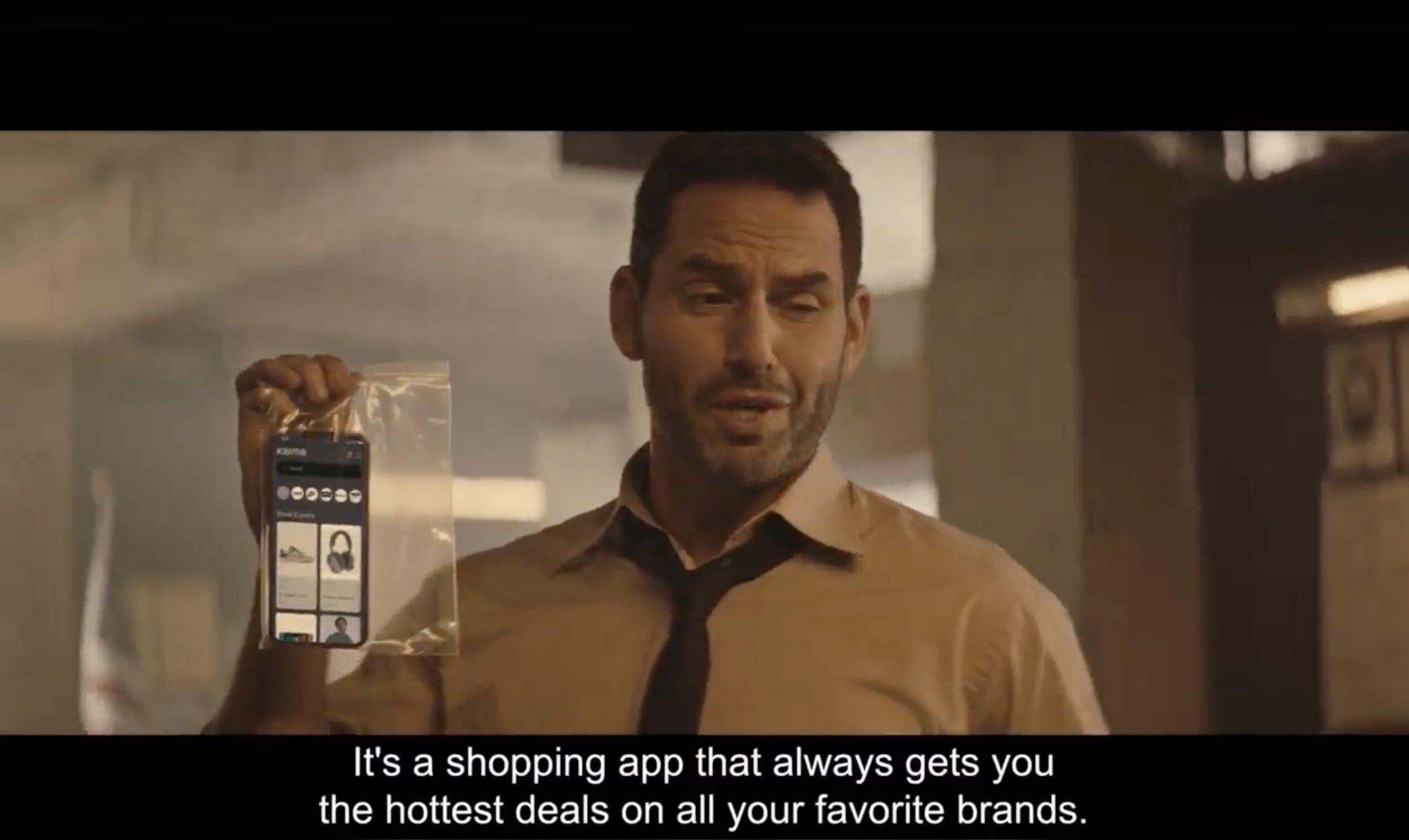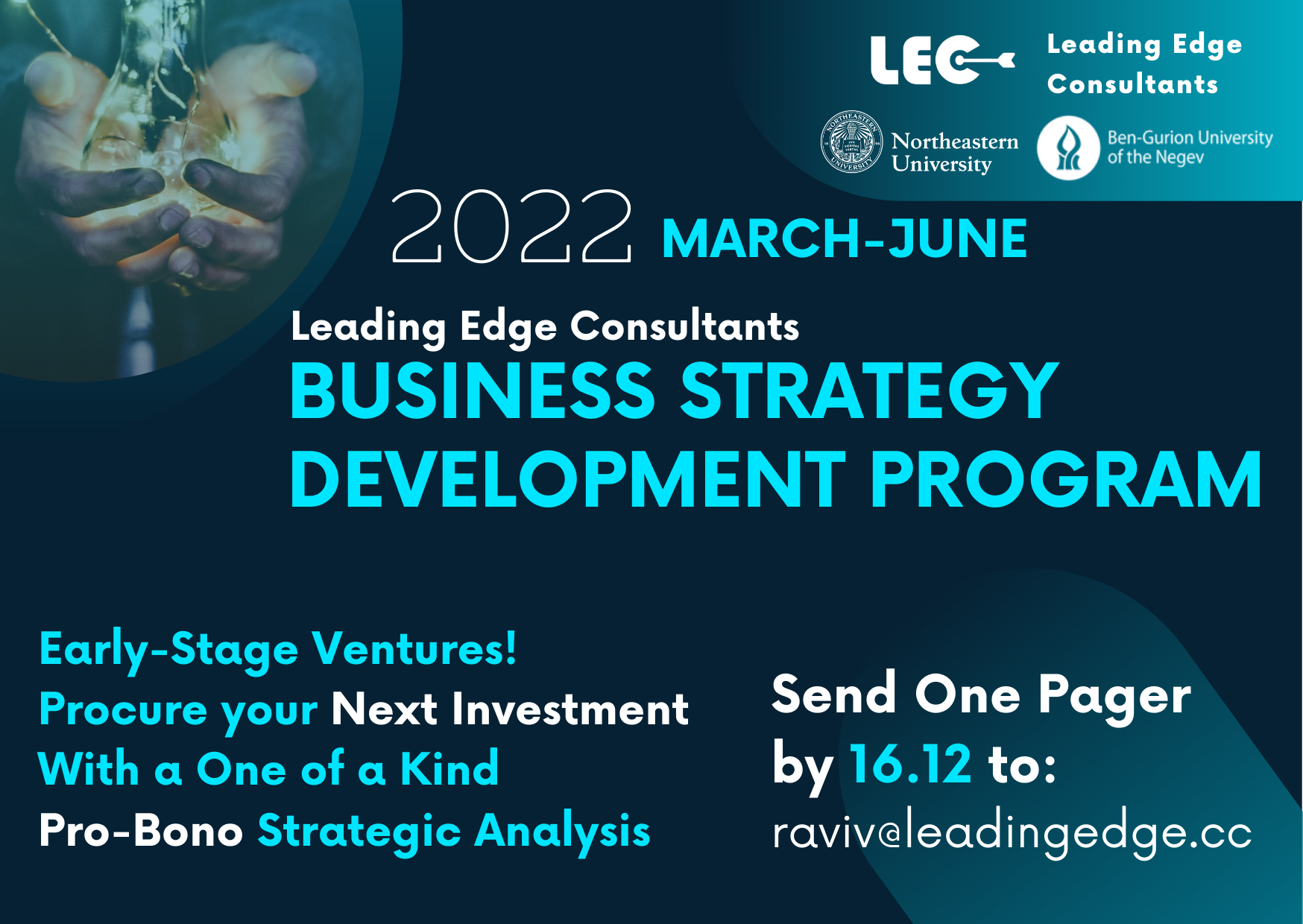
Between the Hammer and the Anvil – Understanding Potential Threats and Shifting Trends
We live in a world where technology evolves and changes so quickly that it’s hard to keep up. Loads of technology companies are trying to come up with new ideas for new solutions to change the market.
Every once in a while we see a company that managed to change the game – a company that thought outside of the box and changed the whole deal.
One of the most known stories is about the downfall of NOKIA.
Remember Nokia phones? Yeah, the ones everyone had where you could play ‘snake’ all day long.
Well, we all remember that Nokia used to rule the cellular phone industry. They were innovative, ahead of their time, easy to use and super appealing at that time.
But then one day they collapsed. Why?
When asked, Nokia’s CEO, Rajeev Suri said, “We didn’t do anything wrong, but somehow, we lost”.
Looks like these days “not doing anything wrong” is just not enough.
Nowadays, companies are expected to be ahead of the game and consider optional threats from their own industry as well as OTHER fields. In other words, companies have to open their eyes, look around, and constantly prepare for future changes and threats, which means mainly finding a way to separate themselves from their competitors.
They need to find a way to define their product uniquely so that it is both different and innovative. Otherwise, we might find our business going bankrupt even though we had ruled a specific market for a while.
For that reason it is important to work fast and move very quickly while adjusting to new technologies and customer preferences that keep changing again and again. In order to stay on top of those things, you’ll need a strong organization that specialises in diagnosing these issues.
One of the main things we do at Leading Edge Consultants in addition to building a business strategy for your company, is analyze your company’s field and create segregation for your business.
We break down all the potential threats and that way allow your company to build a strategy that focuses on the uniqueness of your product and it’s strengths in comparison to other competitors in your field.
The main idea is to always think outside the box and be ahead of the game, but also to become a leader in your industry and create new tendencies instead of following those tendencies.
A good example would be ‘Casper’.
Casper is an innovative mattress company that recognized a problem in the industry – they realized that getting a mattress can be super expensive, that the transportation of mattresses is hard and also that the customer service in this field is really bad.
So what they did was create a super fast, cheap and simple to use service where you can get your mattress easily, try it for 120 days and then decide if you want to keep it or not.
Needless to say that Casper changed the entire game and became very successful.
A smart CEO will learn his company’s field but at the same time identify his own strengths and uniqueness in order to make his product a leading force in the industry.






